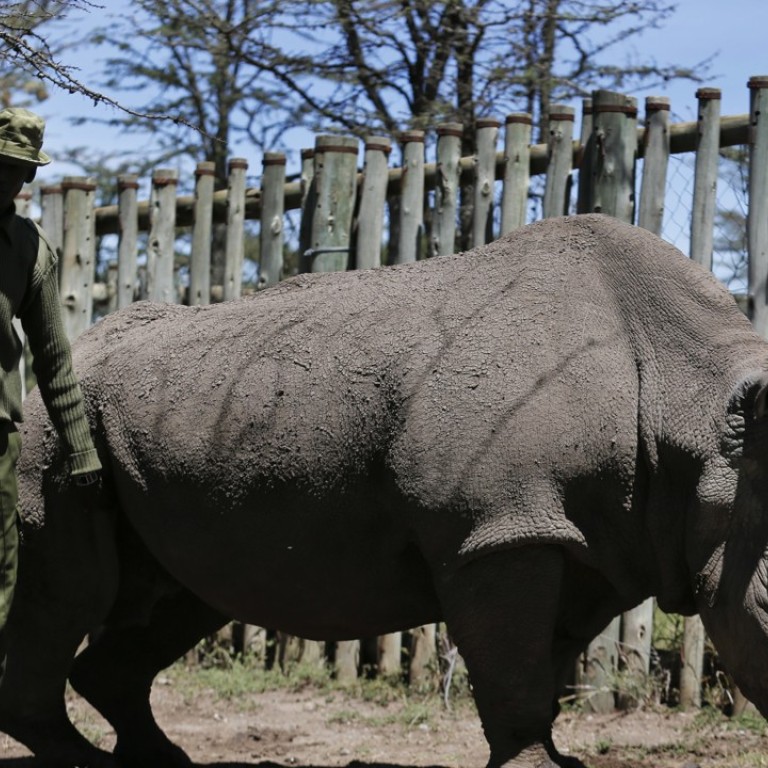
Letters | China banned ivory, what made it give rhino horn and tiger bones the green light?
- If we do not stand up to those focused on eliminating wildlife, we will be explaining to our children and grandchildren why we let it happen
Do people really believe that once these animals are gone poachers and traders will not move to another animal and then another, and another?
As we move towards our fifth Hong Kong Elephant Week in the middle of November, we and the African Wildlife Foundation look forward to welcoming three advocates of conservation to Hong Kong to help raise awareness of these magnificent animals and the important part they play in Africa, not least in helping communities there survive and thrive.
Watch: China reverses 25-year ban on use of rhino and tiger products
The message is simple, if we do not stand up to those focused on eliminating wildlife, we will be explaining to our children and grandchildren why we stood back and let it happen when we had the power to stop it, and why they can only see pictures in story books of animals that currently roam freely.
We call upon China to reverse its decision and continue to take a strong stand against the destruction of wildlife and the habitat it lives in. Only by saying no to the practice of trade in endangered species will these animals have a chance to live.
Colin Dawson, founder, The Elephant Society, director, The Elephant Foundation
For more information about Elephant Week and these magnificent animals, please visit www.facebook.com/theelephantsocietyhk or www.theelephantsociety.org

